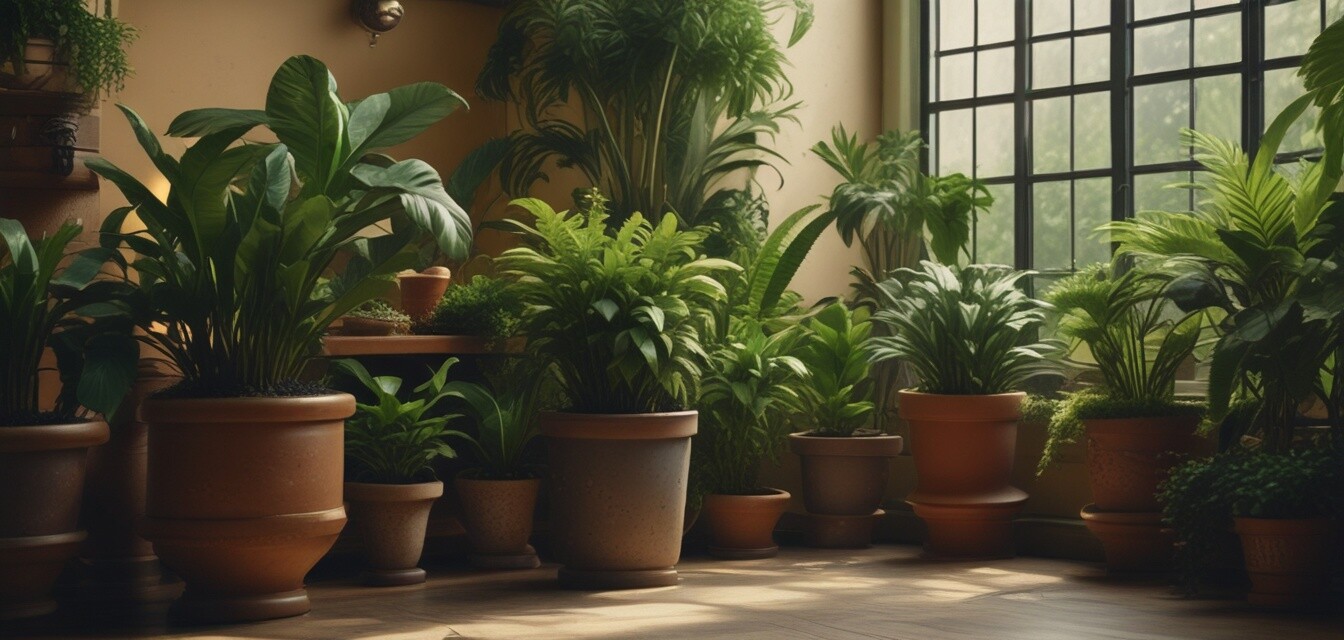
How to properly prune your houseplants
Key Takeaways
- Pruning is essential for promoting healthy growth in houseplants.
- Different plants have specific pruning needs and schedules.
- Understanding the right techniques can enhance the plant's appearance.
- Proper pruning can help prevent pests and diseases.
Pruning your houseplants may seem daunting, but it is an important step in maintaining their health and aesthetics. Whether you're a novice or a seasoned plant enthusiast, knowing how and when to prune can significantly improve your indoor greenery. Let’s dive into the essentials of pruning different types of houseplants.
Why is pruning important?
Pruning is a vital part of plant care that involves removing specific parts of the plant to ensure its overall health and growth. Here are some reasons why pruning is important:
- Encourages bushier and fuller growth.
- Removes dead or diseased leaves and stems.
- Improves air circulation within the plant.
- Prevents pests and diseases from spreading.
- Enhances the overall appearance of the plant.
When to prune your houseplants
The timing of your pruning efforts can greatly influence the results. Here are some guidelines on when to prune:
- Spring: Ideal for most houseplants as they enter their growth phase.
- Summer: Light pruning can be done to maintain shape and size.
- Fall: Prune before the dormant season to prepare the plant for winter.
- Winter: Avoid heavy pruning during dormancy; only remove dead or damaged parts.
Pruning techniques for different houseplants
Different houseplants may require different pruning techniques. Below is a table summarizing the methods suited for various types of plants:
| Houseplant Type | Best Pruning Technique | Notes |
|---|---|---|
| Foliage Plants | Pinching | Encourages bushier growth; remove the tips of stems. |
| Flowering Plants | Deadheading | Removes spent blooms to encourage new flowers. |
| Cacti and Succulents | Cutting | Use sterilized tools to remove damaged sections. |
| Climbing Plants | Heading Back | Trim long vines to promote lateral growth. |
Step-by-step pruning guide
Follow these steps for effective pruning:
- Gather your tools: Use sharp, clean scissors or pruning shears.
- Inspect the plant: Look for dead leaves, discolored or diseased areas.
- Decide on the cut: Determine how much to prune based on the plant's needs.
- Make clean cuts: Cut at a 45-degree angle just above the leaf node.
- Clean up: Dispose of the cuttings to prevent the spread of pests.
- Monitor growth: Observe the plant post-pruning for signs of new growth.
Common mistakes to avoid when pruning
Even seasoned plant lovers can make pruning mistakes. Here are some pitfalls to watch out for:
- Using dull or dirty tools can damage the plant.
- Pruning too much at once can shock the plant.
- Ignoring the plant's specific needs based on species.
- Failing to clean up after pruning can lead to pest problems.
Pros
- Improved plant health and growth.
- Enhanced aesthetics and appearance.
- Preventing disease and pest infestations.
Cons
- Can be intimidating for beginners.
- Incorrect techniques may harm plants.
- Requires time and commitment.
Maintenance after pruning
Once you’ve pruned your plants, ensure they are treated with care:
- Water the plant lightly after pruning to help it recover.
- Place the plant in an appropriate lighting condition based on its needs.
- Fertilize sparingly as the plant begins to grow again.
Conclusion
Pruning is an essential aspect of houseplant care. By understanding how and when to prune, you can promote healthy growth and enhance the beauty of your plants. For more tips on caring for your indoor greenery, check out our Care Tips section, and discover the right air-purifying plants or low-maintenance plants for your space!
Happy pruning!

